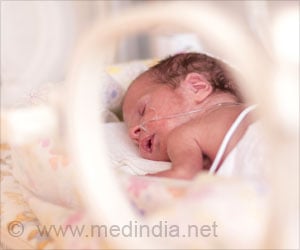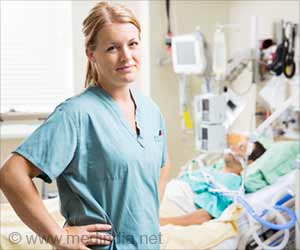
EVERY doctor's practice in the country will get its own nurse to help treat patients, make home visits, write prescriptions and co-ordinate follow-up care. General practice nursing can cover wound management, lifestyle management, aged care, mental health and infection control. Each GP will now become eligible for $25,000, worth up to $75,000 a year to a three-doctor practice, enough to hire a full-time nurse.
The move has been widely hailed. Leaders of the Australian Nursing Federation (ANF) and the Australian Practice Nurses Association (APNA) both welcomed the move yesterday. ANF national secretary Ged Kearney said there were about 30,000 to 40,000 nurses who were registered but not currently working in healthcare, and said she was "optimistic" many of these would be enticed back into the workforce.
According to the APNA, about 60 per cent of general practices employ a nurse, and it is the fastest growing area within the healthcare sector.
"Nurses enhance the practice and they can assist the doctors and free their time up so they can get on with what their priorities are," said nurse Narelle Smith who won the APNA’s best practice nurse award for immunisation last year.
From a doctor's perspective, Dr Raymond Seidler of Sydney said the nurses took some of the pressure off doctors.
"They can spend longer with patients, they can explain things in detail, give information to patients that doctors just don't have the time to do," he said.
Advertisement
But some other experts warned the measure risked exacerbating other existing areas of workforce pressure if, as was likely, some of the recruits were tempted from other parts of the system.
Advertisement
While the incentives would not result in large increases in practice nurses in the short term, it would probably succeed because of the larger numbers of nursing students coming through the system, he said.
Nurse researcher at the Australian National University medical school Sally Hall, who co-wrote a large study on the role of GP nurses in 2008, said where the new nurses would be found was "an interesting question", although it had not prevented a doubling of practice nurse numbers over the past decade.
"I think there are a lot of concerns that nurses are in short supply in other parts of the health sector, especially acute care, and that's where you will be drawing them from," Ms Hall said.
"I think that's a real risk -- general practice nursing is very attractive to certain people.
"The hours tend to be Monday to Friday 9am to 5pm, or 8am to 8pm -- not shift work or nights. The people most attracted to that are women with young children."
Yet others said the plan could have dire consequences for services in remote and regional areas.
Dr Peter Beaumont, a Darwin GP and the former head of the Australian Medical Association (AMA) for the Northern Territory, says most GPs would be in favour of the plan and will welcome the extra funding.
But he says there could be some unexpected consequences. He says it could create more jobs in the city that may prompt nurses in regional Australia to abandon their current jobs.
"For many years now, at least five if not longer, there have been a very reasonable and appropriate subsidy to employ nurses in general practices in rural and remote areas," he said.
"And that has meant these practices have been able to be more efficient than they previously were.
"As the Government moves to subsidise nursing elsewhere, without ensuring that there's an adequate supply of nurses, the fine balance that we have could shift so that rural and remote areas in Australia suffer a further nurse shortage."
But Dr Emil Djakic, the chair of the Australian General Practice Network, says he does not think that will happen.
"Rather than affecting the existing people out there, this is more likely to bring a rather large cohort of nurses, who exist and live in cities, out of either an unemployment area or out of a non-working area or out of working in another area, other than nursing, and bring them back into the profession," he said.
Source-Medindia
GPL





